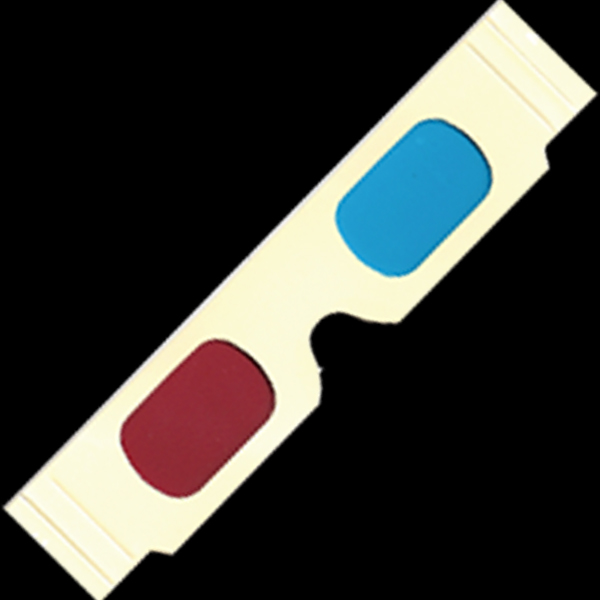 |
Barry Rothstein 3D Uses for 3-D Imagery |
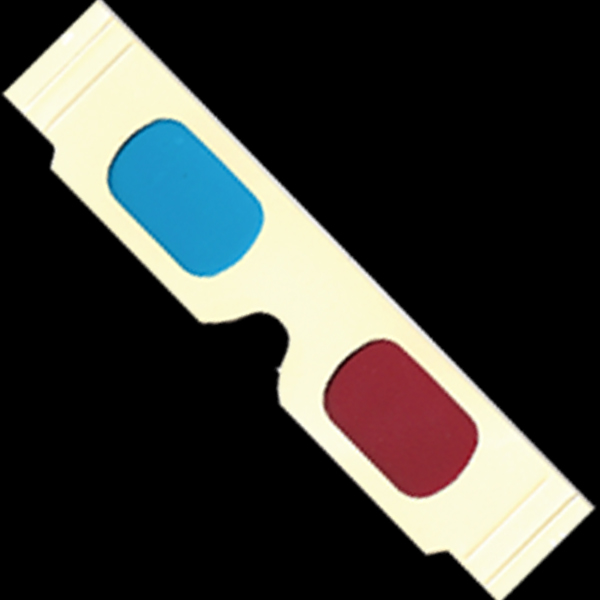
|
 |
 |
 |
 |
 |
 |
 |
 |
 |
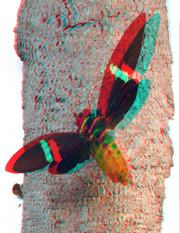 |
 |
|||||
|
There are two good reasons for not using anaglyph 3-D images in text, reference, and other books:
1) Not everyone can enjoy it. Roughly 8% of the population does not have good stereoscopic (3-D) vision. Some only have one good eye, and some people's eyes don't work well together. Some who can see in 3-D well are irritated by wearing anaglyph 3-D glasses. Most children have no problem with them whatsoever, but many adults develop a lowered tolerance for wearing 3-D glasses as they get older. There are also two very good reasons for using 3-D images in text, reference, and other books: 1) The amount of information provided by 3-D images is vastly richer and superior to that provided by 2-D images. 2) The fun factor is huge. 3-D imagery makes it more fun to read these books, and more fun to learn. If you do have a pair of red-cyan 3-D glasses, you can enjoy these images. Uses (applications) for 3-D imagery, and especially for phantograms, are limited only to ones imagination. The bugs above and below were taken at the Los Angeles Natural History Museum and with other bug collectors. Some of them will be in a new book soon. | ||||||||
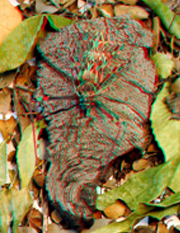 |
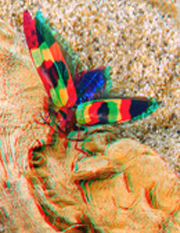 |
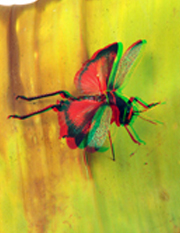 |
 |
|||||
|
How would you like your textbooks to have images of fossils like those below? First look at them without 3-D glasses. Without the glasses on the 2-D images below look better. Next put on the 3-D glasses and compare the 3-D images above to the same 2-D image below. They're all great images, but look at how much more information you get seeing them in 3-D. The fossils below were taken at the Page Museum, specimens of the LaBrea Tar Pits. | ||||||||
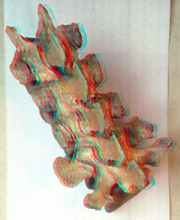 |
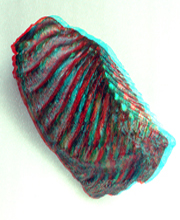 |
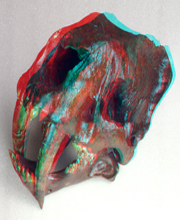 |
 |
|||||
 |
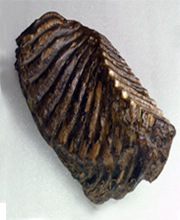 |
 |
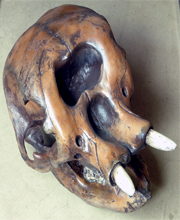 |
|||||
|
Nothing is more beautiful than the natural world around us. The images below were from my first book, Phantograms from Nature, Western USA. | ||||||||
 |
 |
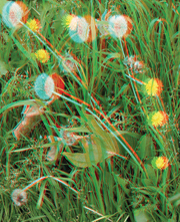 |
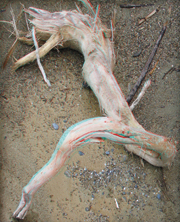 |
|||||
|
Stereo (3-D) photograpy is almost as old and as 2-D photography. Most of the famous early 2-D photographers also did 3-D photos. Below are some stereo images found in the United States Library of Congress, taken in the 1850's during the United States Civil War. | ||||||||
 |
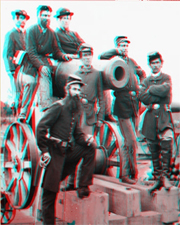 |
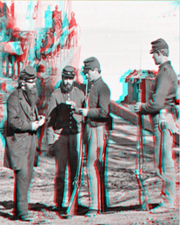 |
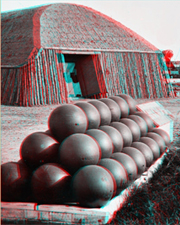 |
|||||
|
Certainly there are some wonderful uses for stereo photography other than the natural world. Below are motorcycle parts. While they're manufactured for the the purpose of making motorcycles work, they are nonetheless very beautiful art pieces on their own. | ||||||||
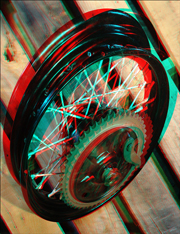 |
 |
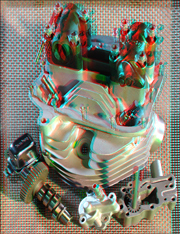 |
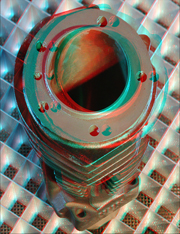 |
|||||
|
Quite naturally dogs and cats and other animals are a lot of fun in 3-D phantogram images. | ||||||||
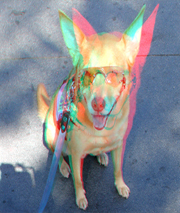 |
 |
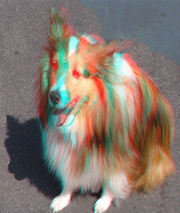 |
 |
|||||
|
My message is that applications (uses) for my style of imagery are practically unlimited, and over the next several years I hope to have the opportunities and energy to many books of my 3-D images. | ||||||||
| To learn more about 3-D, see images, purchase books or cards, ..... check my website at www.3dDigitalPhoto.com |